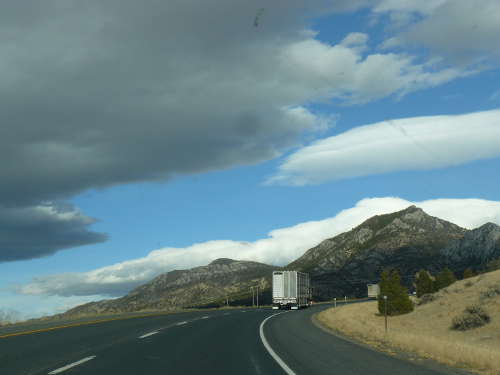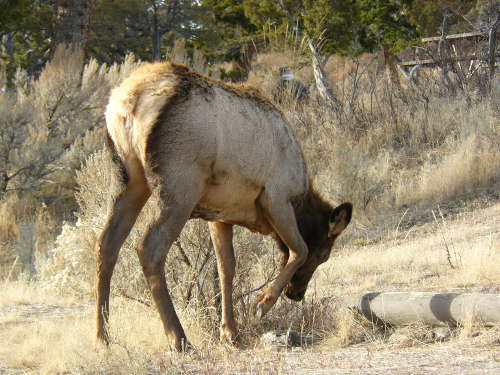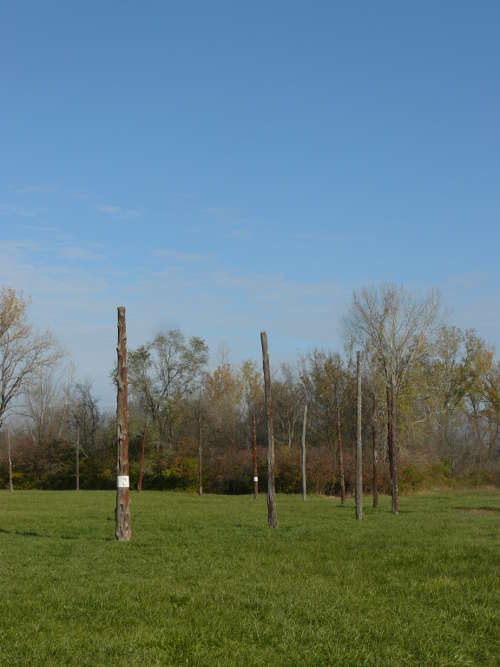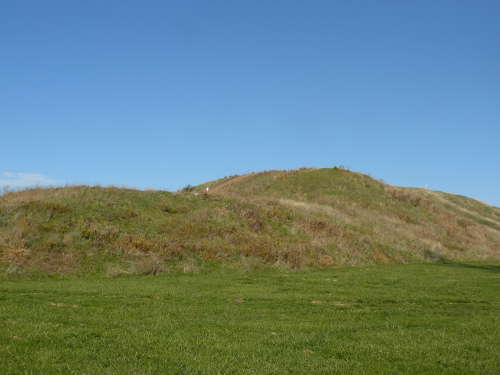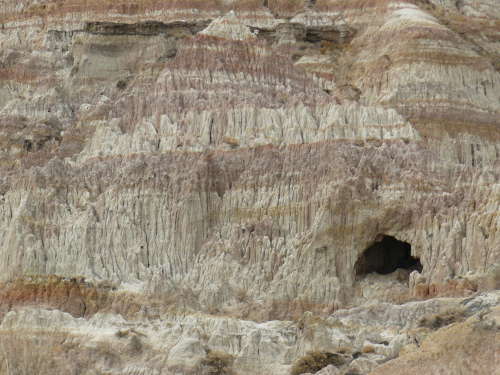 Location Taken: Hell’s Half Acre, Wyoming
Location Taken: Hell’s Half Acre, Wyoming
Time Taken: November 2012
I’ve been in an odd funk, a mood I call “twitchybored”. It’s a boredom that won’t easily be assuaged. I keep trying all of my favorite activities, and even some of my less favorite, but it doesn’t take too long before I start getting this twitchy feeling inside of me. It’s a growing discontent with whatever I’m doing and it won’t stop until I quit the activity – at which point the boredom kicks in again.
In the past, I’ve found an activity that doesn’t make me twitchy before too long, but this one’s been going on for days. The last time it was this bad was when I was living in Chicago and my computer broke. I couldn’t get it fixed for months, and well, I got an urge to play computer games pretty early into that time span. It’s said urges that are the root cause, really. They don’t fully go away until I give in at least a little, and give my brain the type of stimulation it wants.
Right now it’s not entirely clear what urge is being so demanding, since said urges don’t exactly speak in English. Though given how much I’ve been listening to Final Fantasy music lately, there’s a good chance I need to break out the Japanese RPGs again and get a good dose of storytelling and grind-heavy gameplay. Which, alas, is a problem. I’ve got those types of games for the Playstation 2 and the Nintendo DS, but well, the PS2 isn’t hooked up to anything and I really hate wire wrangling behind our TV. And my DS is getting old and some of the connections are failing, and I’m not sure I have any RPGs that don’t require one of the buttons that’s on the fritz…
Maybe if this urge keeps going this strong, I’ll actually wrangle these wires. But still, it’s days like this that almost make me wish I grew up in a cave in the middle of nowhere or something. I couldn’t have an urge to play a certain type of game if I hadn’t a clue what games were, after all…
Who knows, maybe in thirty years I’ll be having urges to go trampoline-dancing on Europa or something…

